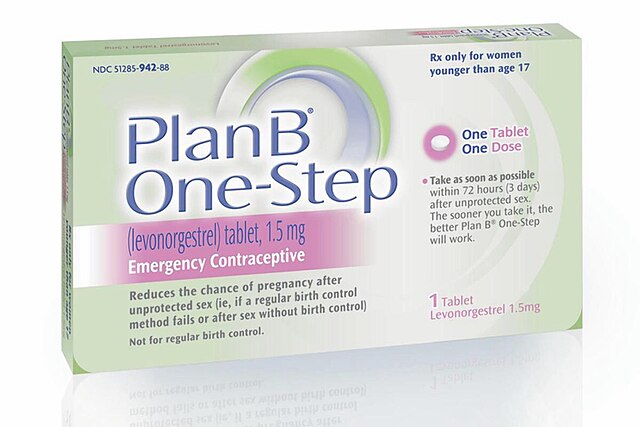Over-the-counter (OTC) drugs are medicines sold directly to a consumer without a requirement for a prescription from a healthcare professional, as opposed to prescription drugs, which may be supplied only to consumers possessing a valid prescription. In many countries, OTC drugs are selected by a regulatory agency to ensure that they contain ingredients that are safe and effective when used without a physician's care. OTC drugs are usually regulated according to their active pharmaceutical ingredient (API) rather than final products. By regulating APIs instead of specific drug formulations, governments allow manufacturers the freedom to formulate ingredients, or combinations of ingredients, into proprietary mixtures.
OTC Bayer medication with child-resistant packaging (cap) and tamper-resistant carton and innerseal
Photo of the packaging of four medicines dispensed in the United Kingdom showing their Product Licence Numbers and symbols denoting if they are Prescription Only Medicine (POM) or Pharmacy Medicine (P), or lacking either, denoting General Sales List (GSL). From top to bottom: mebendazole (P), amlodipine (POM), diazepam (POM), paracetamol (GSL).
Plan B One-Step
A prescription, often abbreviated ℞ or Rx, is a formal communication from a physician or other registered healthcare professional to a pharmacist, authorizing them to dispense a specific prescription drug for a specific patient. Historically, it was a physician's instruction to an apothecary listing the materials to be compounded into a treatment—the symbol ℞ comes from the first word of a medieval prescription, Latin recipere, that gave the list of the materials to be compounded.
The prescription symbol, ℞, as printed on the blister pack of a prescription drug




